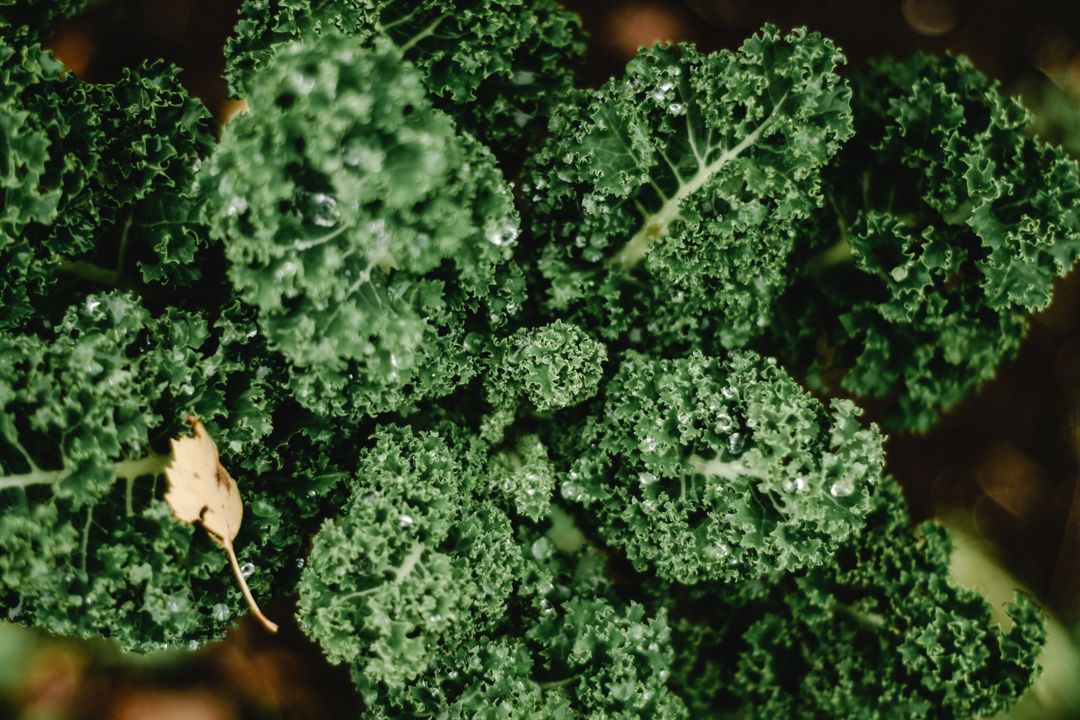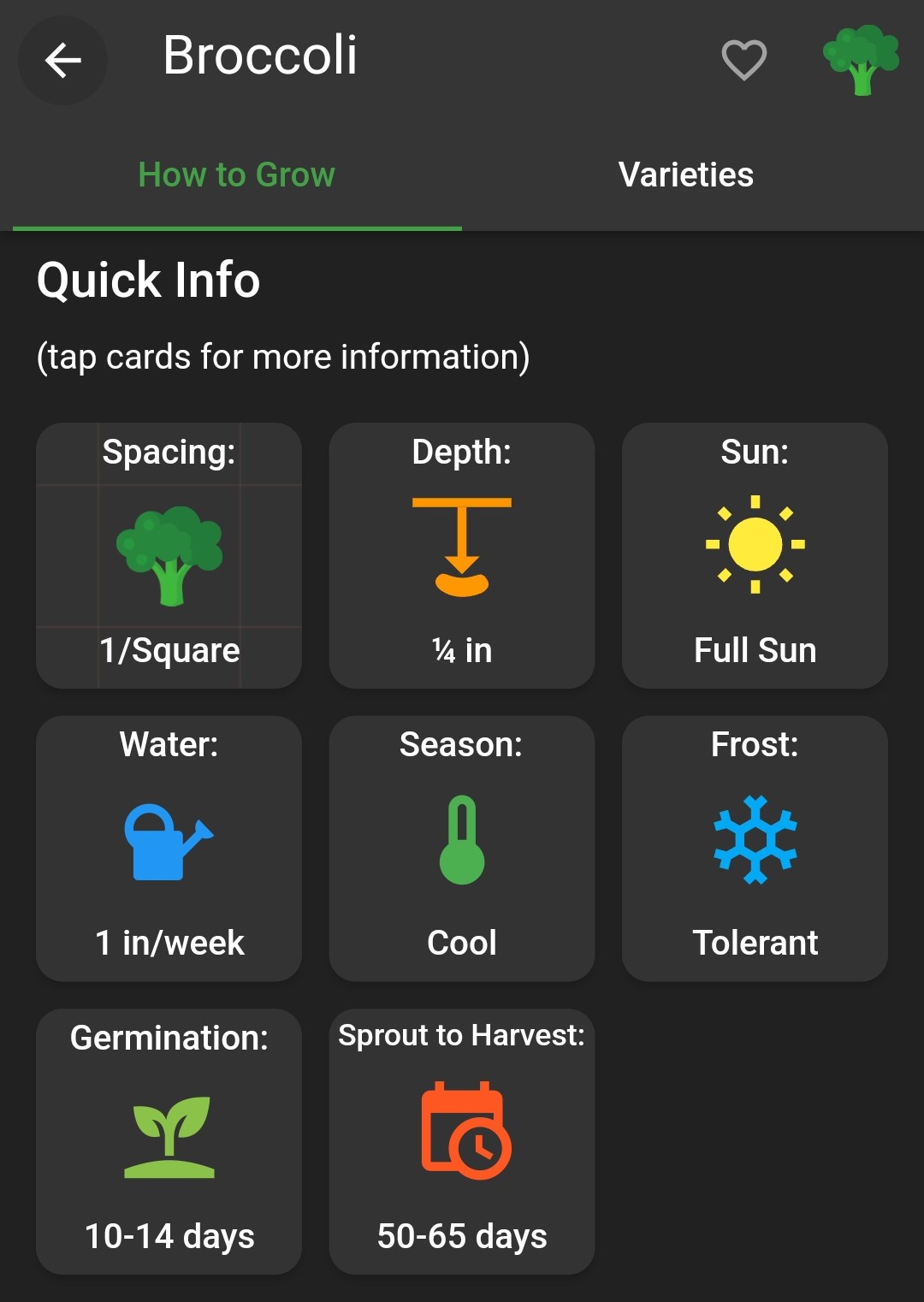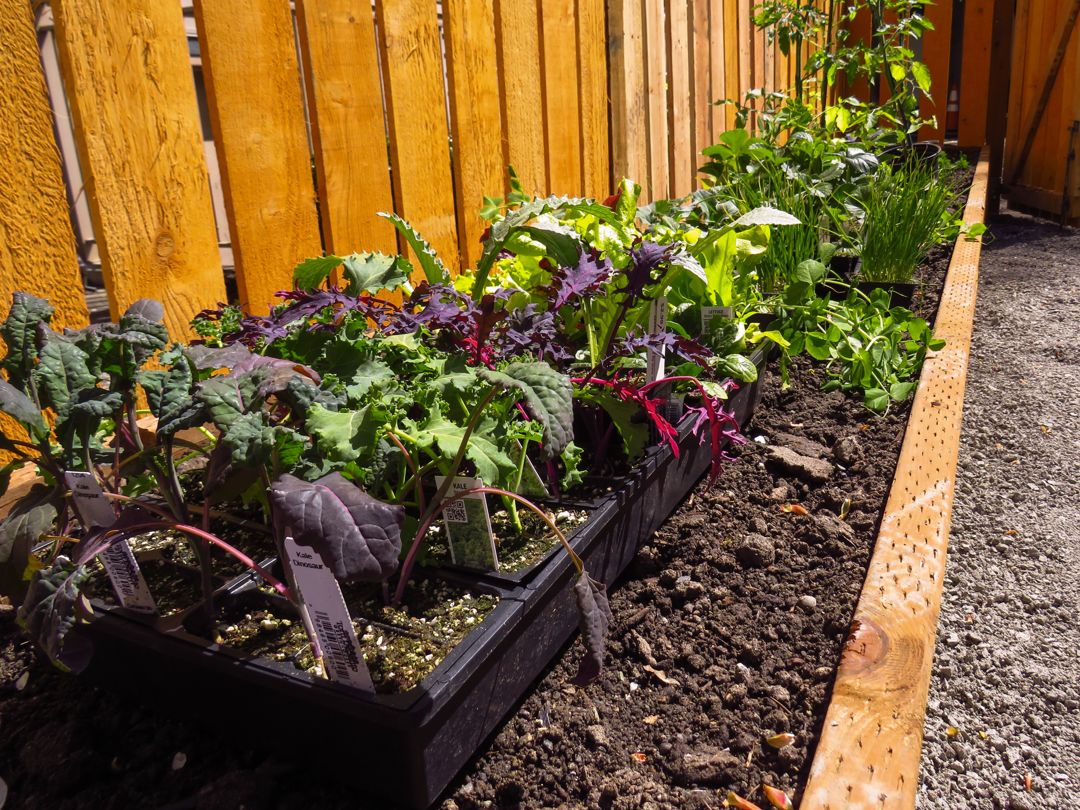Summertime is a busy time in the garden. From managing watering, to preparing for vacation, and tackling garden problems, there is a lot to do to keep your garden going strong!
Even though summer can get hectic, don’t forget to take a step back from the to-do list to plan your fall garden. While the tomatoes are ripening and the peppers are plumping, it’s time to be thinking about which seeds to sow and seedlings to transplant for fall harvests.
Why plant a fall garden?
As your first frost date approaches, you can still plant cool season crops as they can tolerate a frost or even a freeze. In some ways, fall crops can be easier to grow than spring crops as the ground is readily workable and temperatures drop into the ranges that cool-season crops prefer rather than getting hotter. Cool-season crops can sometimes struggle to germinate in high heat though, so if you are planting from seed you may want to consider starting indoors or setting up some shade cloth. Above all, make sure the soil is kept consistently moist until the plants start to take off.
Another advantage of planting cool season crops in fall is that some of them, such as carrots, parsnips, beets, cabbage, and kale, will actually sweeten up after enduring a frost!

What plants can I grow in fall?
Most cool season crops will grow well in fall, so long as they are started with enough time to reach maturity. These include:
Brassicas: brassicas such as broccoli, cauliflower, cabbage, and kale do very well growing into fall as they are generally quite frost-tolerant, and their flavor improves with the frost. These crops do take some time to reach maturity though, roughly 60-80 days or more from seeding to harvest depending on the plant and variety, so be sure to start seeds in time or buy transplants from a garden center.
Lettuces and leafy greens: lettuces and leafy greens such as spinach, chard, and arugula are rock stars in a fall garden. They grow quickly and can be harvested repeatedly until the cold weather finally knocks them out. In most cases the leafy greens are not as frost resistant as brassicas, so you may want to consider protecting them with a hoop house or some floating row cover, to help extend the harvests once chilly weather sets in.
Root vegetables: root vegetables are great candidates for a fall garden. Radishes are especially quick to mature and can be planted well into fall. Others such as parsnips, carrots, and beets take longer, so again be sure they have enough time left in the season to mature. Root crops often don’t transplant well, so buying seedlings from the garden center may not be a viable option.
Garlic and shallots: unlike the other fall crops that are planted in summer and grow into fall, garlic and shallots are planted in late fall for harvesting next season. While they don’t need to go in the ground now, you will still want to be thinking about where to plant them when the time comes and ordering sets soon to be sure they will arrive in time for planting.
When should I plant my fall garden?
To sort out when to get your seeds started and your transplants planted out for your fall garden, look for Cool season plants in Planter:

Then, look at the number of days needed for Germination and the number of days from Sprout to Harvest for that plant. Work backwards from your first frost date to determine when you need to plant to ensure there is still enough time for the plant to mature and produce a harvest. While frost-tolerant plants can keep growing past your first frost date, it is good to get your fall crops planted with a bit of extra time in case of slower growth or extreme weather conditions.
There is a lot to tend to in the garden in the midst of summer, but it’s also time to plan ahead and start planting for fall. Planter makes it easy to figure out which crops can be planted for a fall harvest, so you can spend more time getting out in the garden!
